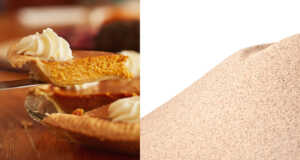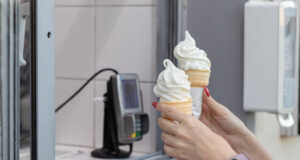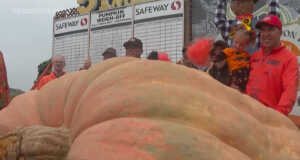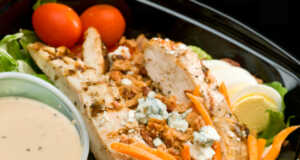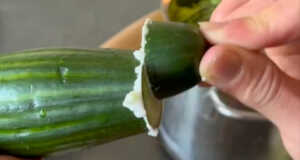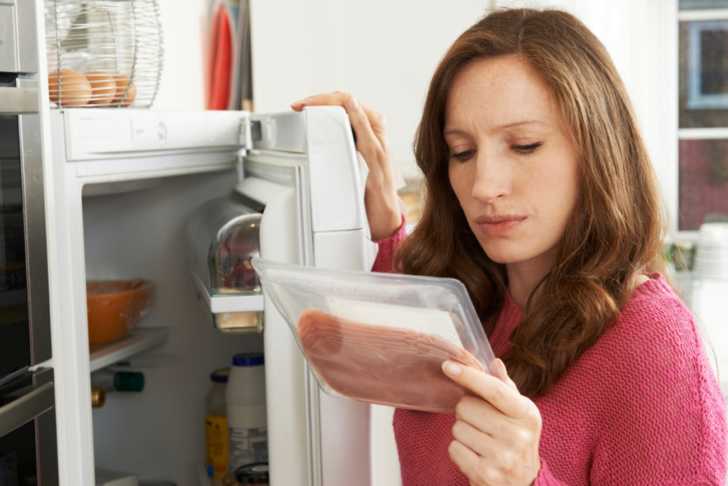
It seems like there have been more and more food recalls happening, which is a scary thought that is especially overwhelming when so many of the foods that are affected seem to be cooking staples that we use all the time. Ground beef, flour, salad greens…these are kitchen workhorses that are frequently in our dinner rotation, making it feel more probable that we’ve bought something that’s potentially contaminated.
Instead of feeding that feeling that everything we’ve purchased is contaminated, we decided to do some research of our own to figure out exactly what should be done when there’s a food recall. Throwing away everything in the fridge seemed like a slight overreaction (although it doesn’t always seem that way at the time), but we’re now armed with the steps that should be taken when a food recall happens and feel confident that we can walk away with our fridges and pantries still intact!
Here are three things to keep in mind when there is a food recall, including what to do with the recalled product:
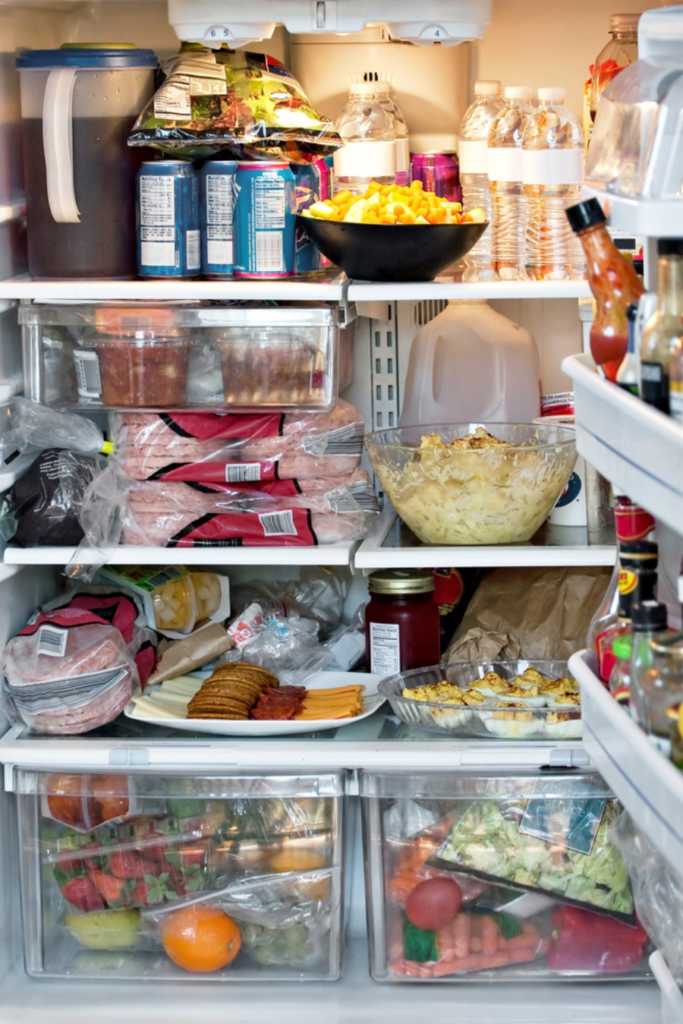
- Do Not Jump To Conclusions
- Do Not Open Or Eat Affected Food
- Do Not Keep Recalled Product
An important thing to keep in mind is that some products are recalled due to a potential contamination, not necessarily a confirmed contamination. Just because A product is potentially affected and has been recalled does not mean YOUR product has been contaminated. Look at establishment numbers and compare packaging with what’s been recalled to confirm whether you’re in the clear or not.
It goes (or should go) without saying that you shouldn’t eat any product that’s been recalled, but if you own it and haven’t opened it yet, keep it that way. Any contamination, be it bacterial or the inclusion of potential allergens, will not be detectable to the eye, nor will you be able to smell it or taste it, so opening it won’t do any good and will only increase the possibility of cross-contamination in your kitchen. If your product is already open, just be sure to wash your hands for at least 20-30 seconds with soap and hot water after handling it.
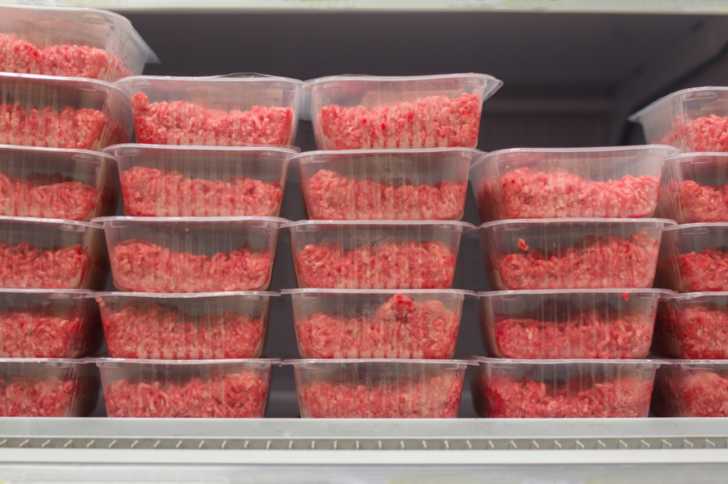
Assess the recall and see whether it encourages discarding the recalled product or returning it (for a refund) at the original place of purchase. If you discard the contaminated product, make sure that it is out of reach of any pets or animals that might try to get to it, as they can be affected as well.
It’s easy to go on a total ingredient overhaul when one of these recalls happens, especially with the ones that seem particularly bad, but don’t worry; with these pointers in mind, plus Foodsafety.gov as a back-up, you can move forward feeling confident in how to handle the next recall.
